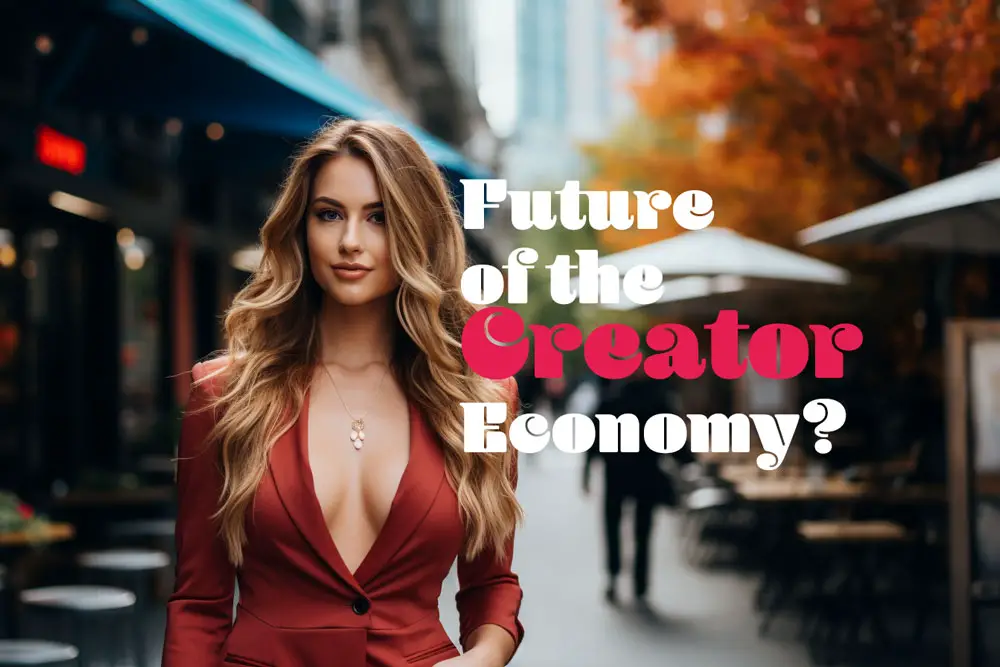
What is the Future of the Creator Economy?
Think about this for a moment: it is estimated that by 2025, the creator economy will be worth $104.2 billion, skyrocketing from its $9.7 billion value in 2018. But how exactly will this unprecedented growth unfold?
The future of the creator economy is anticipated to experience an unprecedented explosion. This growth will be fueled by creators who are diversifying their revenue streams, utilizing the power of Web 3.0 technologies, and embracing their independence from traditional platforms. This shift will not only revolutionize the way creators generate income, but will also alter the landscape of digital media, with impacts extending to consumers and businesses alike.
But what exactly will this mean for the individuals at the heart of this boom – the creators? How will the consumer experience evolve? And what implications will it have for businesses that either support or depend on creators? To answer these, we’ll need to look into the numbers, trends, and emerging technologies shaping the future of the creator economy.
Table of Contents
The Rise of Entrepreneurship in the Creator Economy
The creator economy, though relatively young, has witnessed an extraordinary rise in entrepreneurial activity. Independent creators are taking more control of their careers, going beyond simple content creation to become full-fledged entrepreneurs. Here’s how.
The Entrepreneurial Spirit
Creators are no longer just artists, musicians, or vloggers; they have evolved into entrepreneurs who oversee their own personal brands. This shift has been facilitated by a plethora of new platforms and tools that have given creators unprecedented control over their work and income. For example, platforms like Patreon, Substack, and OnlyFans allow creators to monetize their content directly, bypassing traditional gatekeepers and intermediaries.

SocialFi is the future of social media. Join the Creator Economy and enjoy freedom, fairness, and fun. No more secrets, no more limits. 🚀
The Numbers Game
Data underscores this rising trend. According to a 2023 Creator Economy Study, the number of creators identifying themselves as entrepreneurs rose by a whopping 58% from 2020 to 2023. And it’s not just about numbers; creators’ incomes are also growing. The same study found that creators’ median income increased by 22% over the same period. These trends clearly indicate that entrepreneurship is becoming the norm, rather than the exception, in the creator economy.
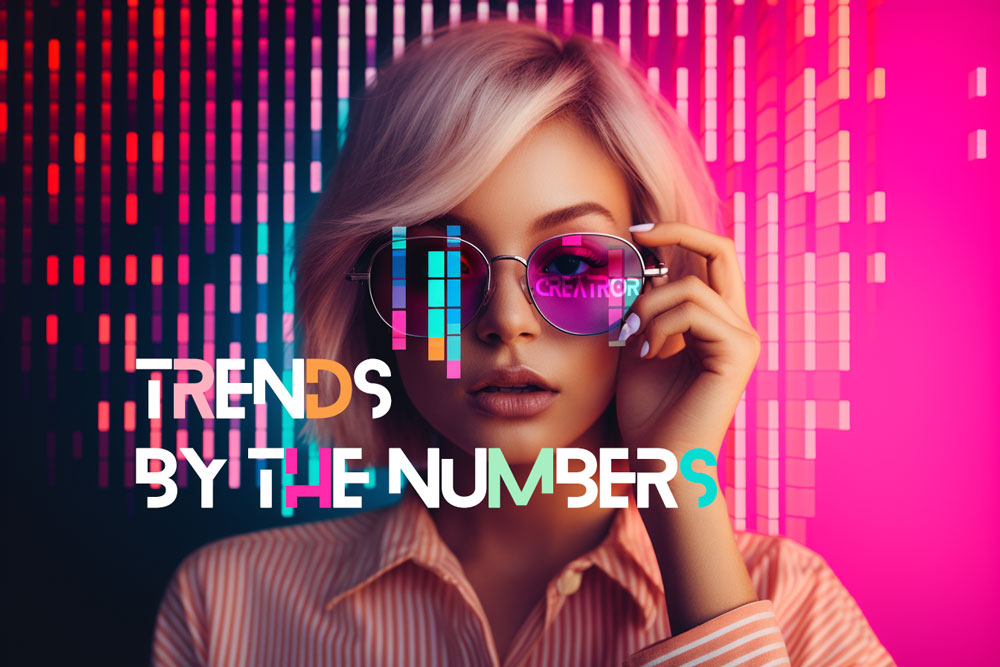
Uncover the explosive growth and vast opportunities for millions of people in the creator economy. Dive into the numbers, trends, and future projections.
Diversified Revenue Streams
A key part of this entrepreneurial shift is the increasing diversification of revenue streams. Creators are no longer reliant solely on ad revenues; they now earn from merchandise sales, crowdfunding, memberships, direct-to-fan sales, and even NFTs (Non-Fungible Tokens). This trend is likely to continue, with more and more creators expected to explore new avenues for revenue generation.

Content Royalty Offering: NFTs bring a fresh approach to collaboration, using smart contracts for rewarding creators and establishing digital footprints.
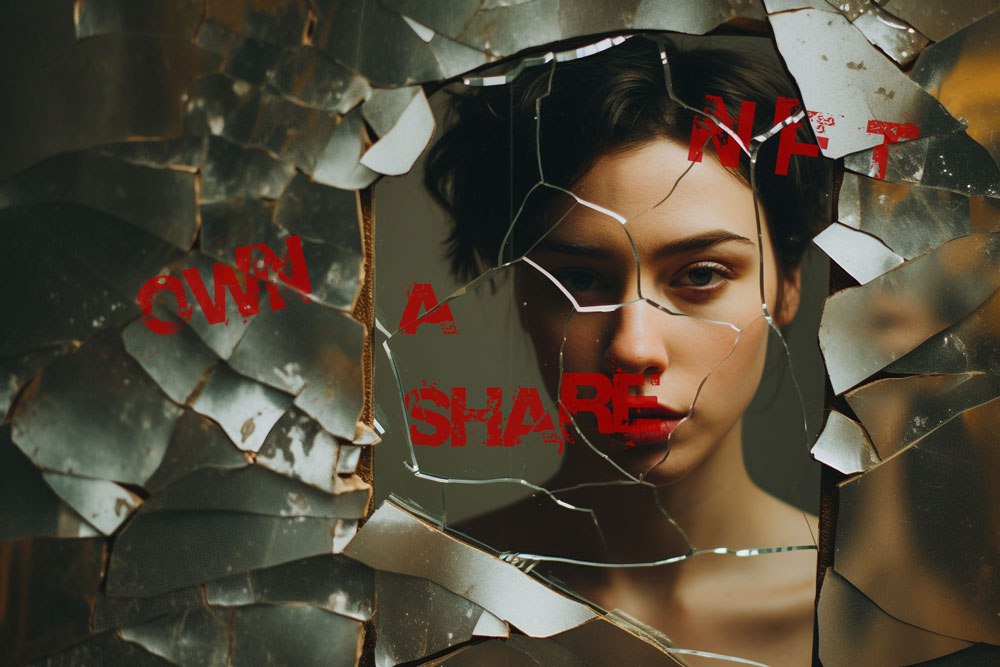
Imagine investing in creativity through ‘Own a Share Offering’: Buy NFTs that let you share in artists’ earnings, redefining your role as a supporter!
The Role of Web 3.0
Web 3.0 technologies are playing a crucial role in this transformation. Blockchain-based platforms allow creators to sell their work directly to consumers as NFTs, empowering them to maintain ownership of their work and receive a fairer share of the proceeds. In addition, decentralized social networks are giving creators more control over their online presence and interactions with fans.
The rise of entrepreneurship in the creator economy represents a seismic shift in the way content is produced, consumed, and monetized. As creators continue to evolve into entrepreneurs, we can expect more innovation, more diversity, and more opportunities for everyone involved in the creator economy.
[Web3: Shaping the Future of the Creator Economy]
The Importance of Community in the Creator Economy
In the creator economy, community isn’t just a buzzword; it’s a critical factor that dictates the success or failure of a creator. With platforms enabling direct connections between creators and their fans, the importance of community building has never been more prominent.
Community: The Foundation of Success
Community serves as the foundation for any creator’s success. It’s the community that provides the initial and continued support to creators, consuming and sharing their content, attending their live events, and participating in their crowd-funding campaigns. According to a 2023 report, creators with active and engaged communities earn 50% more than those who don’t prioritize community building.
Personal Connections and Authenticity
A key aspect of community building is forming personal connections with fans. Today’s audiences crave authenticity and genuine interactions. They don’t just want to passively consume content; they want to connect with the people behind it, to understand their stories, inspirations, and processes. Creators who can deliver this level of authenticity tend to foster stronger, more engaged communities.

When you’re working with branding and content marketing, there’s one element that remains a powerful force: storytelling. As I reflect on my own creative journey, I’m reminded of the countless hurdles I’ve faced, the lessons I’ve learned, and the growth I’ve experienced. In sharing my story, I hope to inspire you, not only with my…
Utilizing the Power of Web 3.0
The advent of Web 3.0 technologies is changing community building in the creator economy. Blockchain-based platforms facilitate the creation of decentralized communities, providing a more direct, transparent, and equitable relationship between creators and their fans. Similarly, NFTs are emerging as a unique tool for community engagement, allowing creators to offer special perks and exclusive content to their loyal supporters. [ Learn More ]
Beyond Content: Communities as Value Creators
Increasingly, communities are not just consumers of content but also contributors to the creator’s value. For example, fan theories and discussions can drive increased engagement around a creator’s work. User-generated content, from fan art to remixes, can amplify a creator’s reach and impact.
In the future of the creator economy, community building won’t be an optional activity; it will be an essential strategy for creators to succeed and thrive. Whether it’s through personal engagement, Web 3.0 technologies, or collaborative value creation, successful creators will be those who invest in their communities and nurture these valuable relationships.
Web 3.0 in the Creator Economy
Web 3.0 is changing the internet, providing unprecedented opportunities for creators. It offers more direct, decentralized interactions, empowering creators like never before. Here’s a closer look at the impact of Web 3.0 on the creator economy.
Decentralization: Power Back to Creators
The core principle of Web 3.0 is decentralization. By leveraging blockchain technology, Web 3.0 platforms reduce the reliance on middlemen, allowing creators to connect directly with their audiences. This shift make sure there’s a fairer distribution of revenue and provides creators with more control over their content and intellectual property.

NFTs: A Revolutionary Tool for Monetization
Non-fungible tokens (NFTs) are one of the most groundbreaking innovations in the Web 3.0 era. NFTs allow creators to mint unique digital assets, from artwork to music, and sell them directly to their fans. NFTs offer new revenue streams and provide creators with the opportunity to earn fair compensation for their work. I do however, believe this technology has been misused at its inception. Read my blog below, to see my vision of what NFTs might develop into.
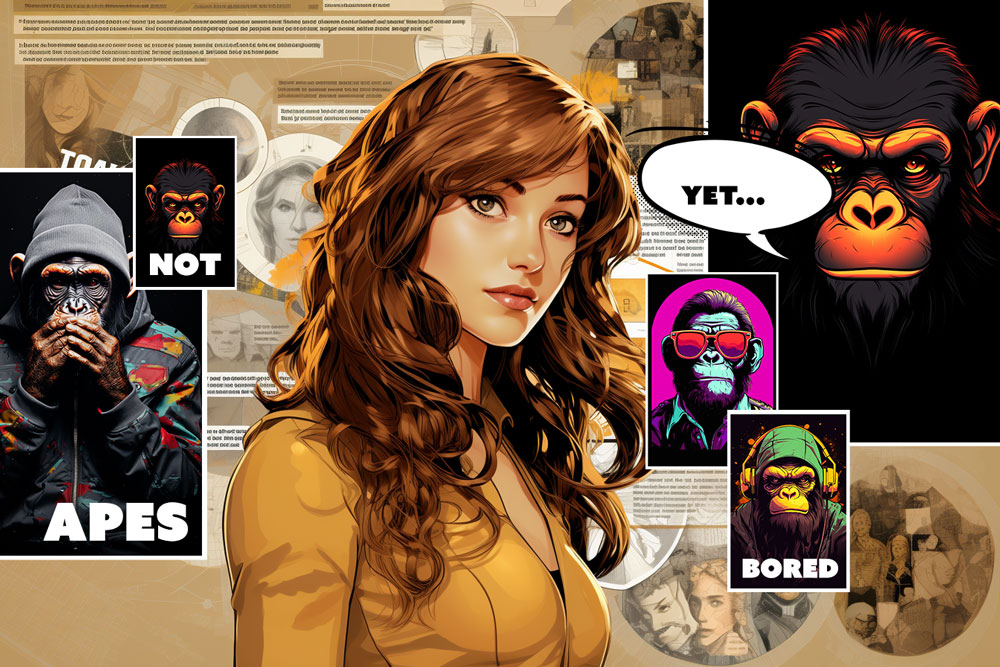
NFTs, has experienced both a meteoric rise and a subsequent fall from grace, but they are still relevant. Let’s talk about the future for NFTs.
Smart Contracts: Automating Royalties and Rights
Smart contracts are another vital component of Web 3.0. These are self-executing contracts with the terms of the agreement directly written into code. They enable automatic royalty payments every time a digital asset is sold or resold, ensuring creators are compensated throughout the lifespan of their work.
Community-Owned Platforms: The Future of Creation
Web 3.0 is also ushering in the era of community-owned platforms. These platforms, governed by their users, allow creators to share in the success of the platform, not just their content. It’s a significant shift from the Web 2.0 model, where platforms profit off creators’ content without sharing the wealth.
In conclusion, Web 3.0 is set to significantly disrupt the creator economy, shifting power dynamics and providing creators with new tools for monetization and community building. As Web 3.0 technologies continue to evolve, creators who adapt and harness these advancements will likely lead the next generation of the creator economy.
The Growing Middle Class of the Creator Economy
The Creator Economy, primarily driven by a small fraction of mega-influencers in its early days, is now witnessing the rise of a robust middle class. This emerging group of creators enjoys sustainable income streams and a dedicated follower base, painting a promising picture of what lies ahead. Here’s how this class is expanding and reshaping the Creator Economy.
The Emergence of Micro-Influencers and Niche Content
The middle class of the Creator Economy is defined by micro-influencers and niche content creators. These individuals may not have follower counts in the millions, but they have dedicated communities passionate about the unique content they offer. From gaming to sustainability, cooking to fitness, creators in niche markets are gaining traction and offering more diversity in the Creator Economy.
Revenue Diversification: Key to Financial
The growing middle class creators often have multiple income streams, which grants them financial stability. From Patreon subscriptions and Ko-fi donations to brand collaborations and merchandise sales, creators can diversify their revenue channels. With the integration of Web 3.0 tools like NFTs and smart contracts, this financial diversification is set to grow further.

Creator Platforms: Aiding the Rise of the Middle Class
Platforms such as Patreon, Twitch, and Substack are enabling more creators to monetize their passions. These platforms offer subscription-based models, allowing creators to generate consistent income from their followers. The shift from advertising revenue to user-supported income has been crucial in cultivating a more financially secure creator middle class.
Greater Autonomy and Creative Freedom
The middle class creators enjoy a level of autonomy and creative freedom that is often restricted for top-tier influencers who are more tightly bound by brand partnerships and image management. This freedom allows them to experiment with their content, engage more authentically with their audience, and keep their passion for creation alive.
The growing middle class of the Creator Economy is democratizing content creation and offering sustainable income opportunities for more creators. Their rise signals a healthier, more diverse future for the Creator Economy, where anyone with a passion and a community can succeed.
Looking closer into the trends and shifts of the Creator Economy, it’s valuable to understand the journey of individuals who have been part of this evolution. One such influencer is Yin Qi Xie, an artist from Singapore who made a significant impact through her unique approach to content creation. Here’s how Yin became an ‘accidental’ influencer, paving the way for aspiring creators to follow suit.
Bridging the Gap with AI in the Future of the Creator Economy
Recognizing the challenges and opportunities present in today’s digital world is vital in forecasting the future of the Creator Economy. One primary concern creators face is the increasing difficulty of generating free traffic on saturated social media platforms. Despite this, new revenue avenues continue to emerge, and innovative ideas constantly challenge the status quo.
For instance, despite the annual prophesying of the death of blogging and fears of AI snuffing out SEO traffic, these tools remain effective and potent. In fact, blogging is probably one of the most underutilized content creation methods today, as many are under the impression that platforms like YouTube are the only viable options for making money. Yet, the reality is that blogs can still generate substantial traffic, and the ad revenue that comes with it can be staggering.
The real hurdle here is not a lack of viability, but a misconception about the effort required and the potential returns. Blogging, really does demand consistent hard work, but the startup cost is relatively low. The potential for organic traffic, especially for e-commerce, makes it an extremely cost-effective strategy. As more social media apps enter the market and the existing ones become increasingly saturated, blogging’s value will only rise.
In terms of technological advancement, AI’s role in content creation is pivotal. Far from being a threat, AI is becoming a powerful tool that can level the playing field for creators. AI allows individuals to produce content on par with Hollywood studios. We’re on the verge of a mass change, with AI-powered tools pushing the boundaries of content creation and enabling groundbreaking work that was previously unimaginable.
While AI might displace some traditional jobs, it also paves the way for new roles and opportunities within the Creator Economy. As AI empowers more people to create, the market might become saturated, but it will also see a massive influx of money. The evolving blend of AI and creativity, coupled with old but potent methods like blogging, heralds an exciting era for the Creator Economy.
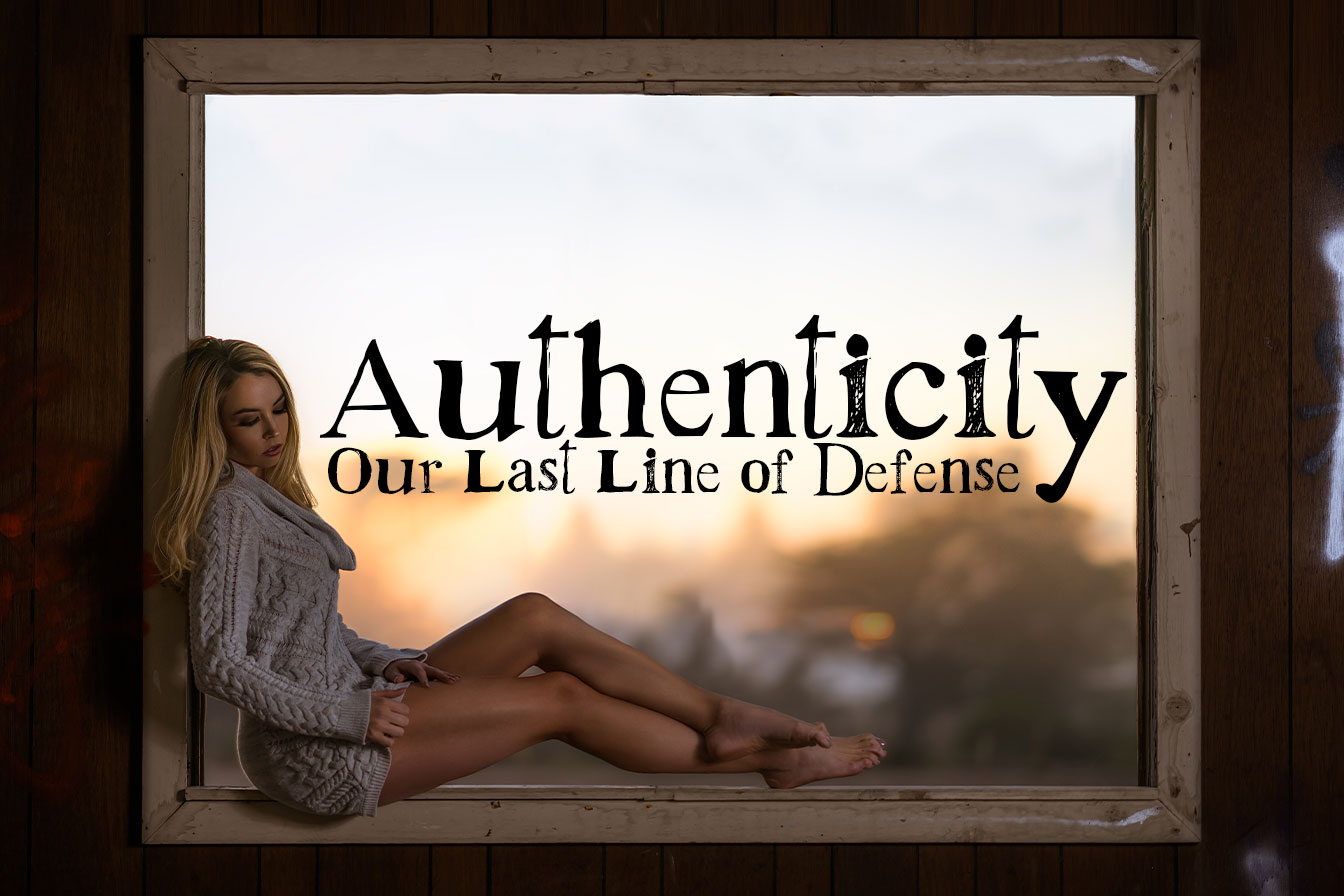
What is authenticity? It’s a question that seems straightforward on the surface, but as we go deeper, we find it elusive, multifaceted. In the context of photography, I see authenticity as the infusion of realness into every image, a tangible human connection that resonates beyond the pixels.
The Creator’s Path from Influence to Ownership
As we go further into the Creator Economy, the emphasis on owning and controlling one’s creative output is becoming increasingly evident. The time where the influencer model reigned supreme is witnessing a shift towards creators being able to claim ownership over their work, enabled by a bevy of technological advancements, primarily AI.

AI tools, in particular, have become the modern creator’s best ally. They’ve essentially turned the creator into a ‘one-person army’, capable of carrying out tasks that would have otherwise required a team of people. For example, AI can assist with video editing, data analysis, content planning, and even generating content ideas. This has led to an increase in productivity and efficiency, giving creators more time to focus on their creative output.
However, the democratization of these tools means that an individual creator will soon have to compete not just with teams, but with other similarly empowered individuals. As more and more creators adopt AI tools, the barrier to entry in the Creator Economy lowers, but the competition intensifies.
This evolving dynamic is pushing creators to further specialize and develop unique voices to stand out in the crowd. It’s also leading to a renewed focus on community building as creators seek to create loyal audiences who appreciate their unique offerings.
In the long term, the rise of AI tools in content creation may lead to the emergence of complex, AI-powered creative enterprises. Imagine a world where AI-user teams, rather than just individuals, dominate the scene, forming creative powerhouses that can produce high-quality content at unprecedented scale and speed.
But even as these changes are on the horizon, the ability to leverage these tools to create meaningful, engaging content and build genuine relationships with audiences remains a creator’s most valuable asset. As we move forward, those who can marry the power of technology with the touch of human creativity will be the ones to lead the charge in the evolving Creator Economy.
Conclusion: The Prosperous Creator Economy
In 2023, the Creator Economy has amassed a global market value of a staggering $138 billion, reflecting the accelerating power and influence of creators. However, this is only the beginning. Renowned financial institution Goldman Sachs projects that the creator economy, with its ever-expanding global creator base of 50 million, could see its total market value surge to an impressive $480 billion by 2027.

What will the creator economy be in 2024?
Adding more credence to this bold forecast, Citi estimates that the current content creator population has already crossed the 120 million mark worldwide, generating approximately $60 billion in revenue today. Moreover, Citi projects a strong upward trajectory, anticipating this figure to reach a substantial $75 billion by 2024.
In the light of these compelling financial projections, it is evident that significant capital is flowing into the Creator Economy, echoing the investors’ deep-rooted faith in the sector’s potential. This belief is corroborated by a remarkable increase in venture capital funding, which soared from $1.3 billion in 2020 to a hefty $2.9 billion in 2023.
There’s an undeniable pivot of advertising spend towards this thriving sector, with influencer marketing, a crucial component of the Creator Economy, anticipated to hit a monumental $16.8 billion in 2023. This figure underlines the paradigm shift in brands’ approach to consumer outreach.
Web 3.0 and AI have been instrumental catalysts, propelling the transformation of this sector. However, it is essential to keep sight of the core values that shape the Creator Economy: authentic creativity and meaningful community engagement.
In conclusion, the Creator Economy is poised to break the boundaries of a mere trend, evolving into an economic powerhouse. It is steering the path for creativity and commerce, with creators now standing at the forefront as successful entrepreneurs. With rapid technological advancements and the support of an engaged audience, the Creator Economy promises a prosperous future teeming with opportunities and innovation.
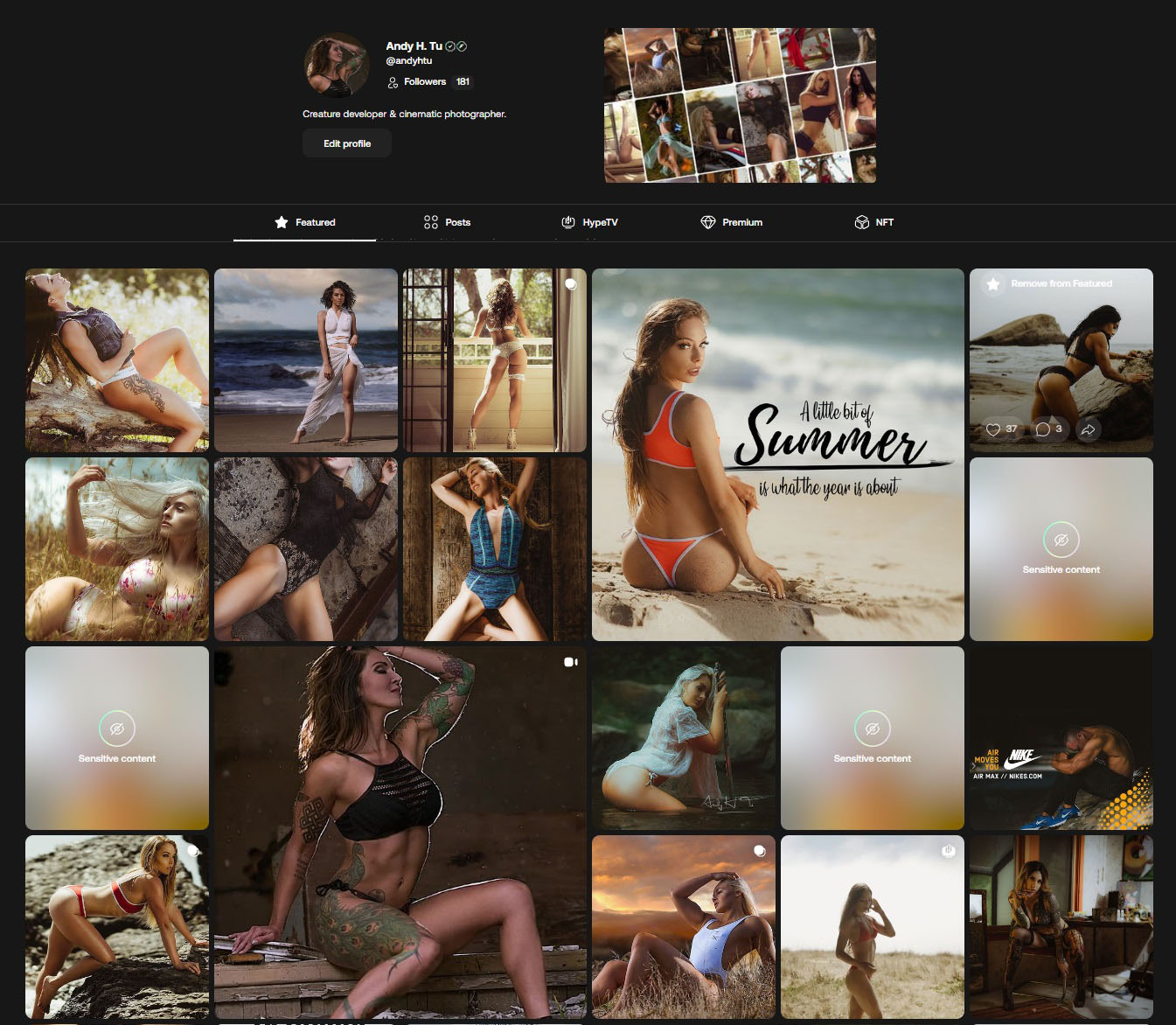


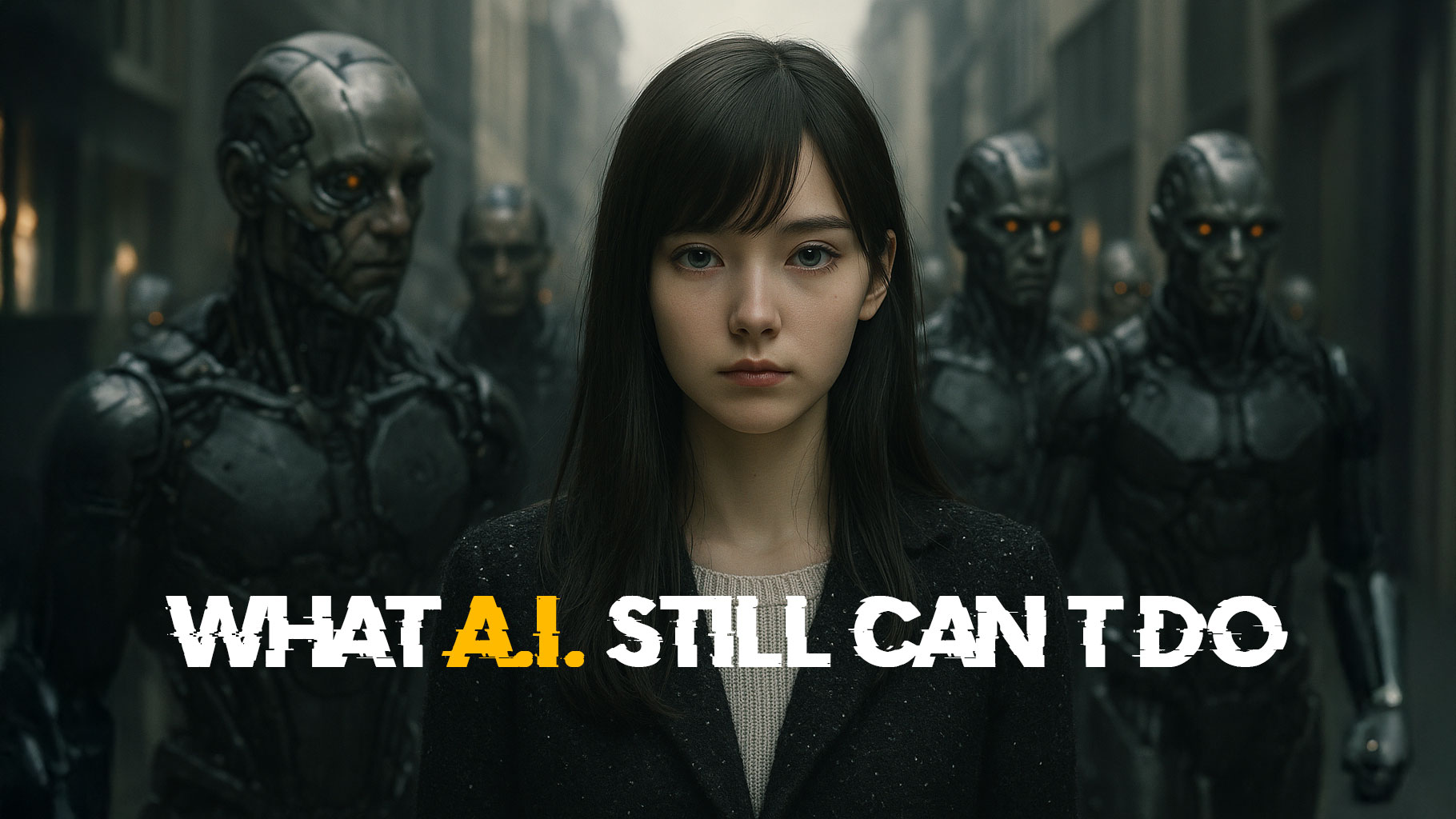




Leave a Reply